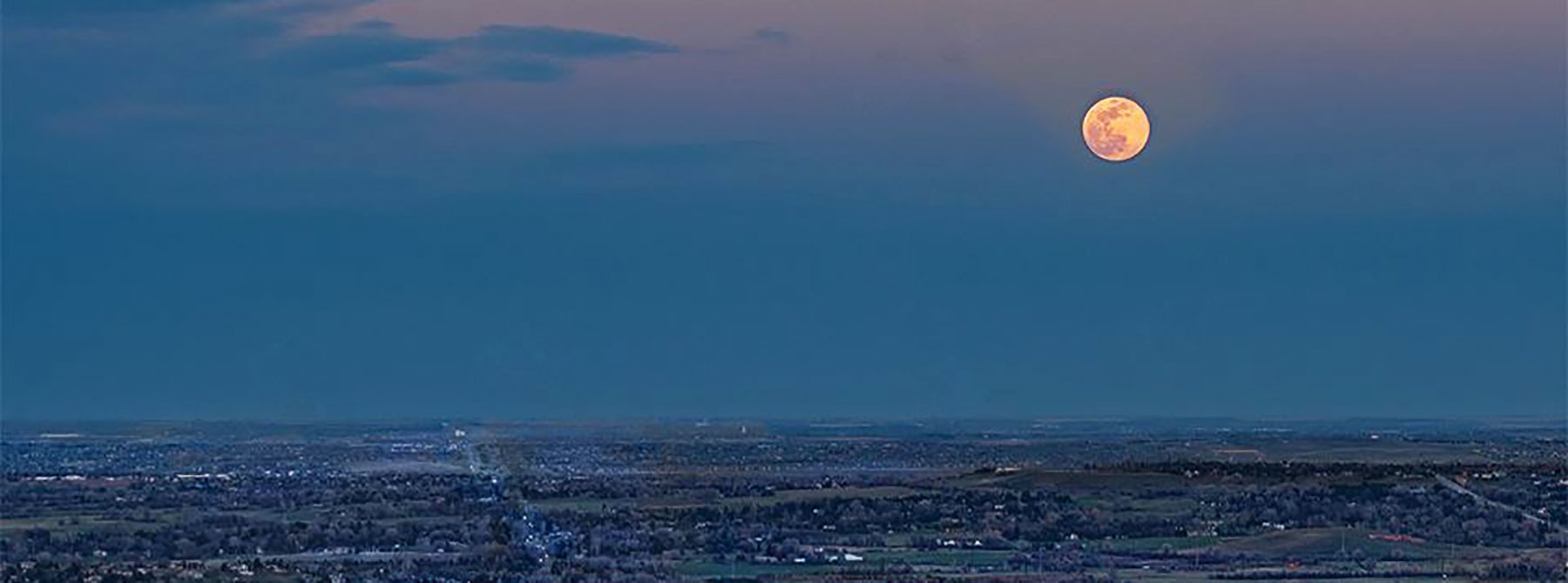Editor’s note: For our March art issue, we interviewed people in all areas of Boulder’s visual art scene, from administrative leaders to local artists, to better understand its visual art landscape. We compiled some of our findings in an earlier piece centered on Boulder’s only official art district, the NoBo Art District, touching on what’s working, what isn’t, and how we can make it better.
There’s no denying it — Boulder bubbles with creativity. Many come here for the city’s beauty and its free-flow reputation, while others chase the open space that gives their spirits space to fly.
It might not seem so, but Boulder is an arts city, at least according to the stats if not perception — Boulder has the nation’s third highest population of artists per capita. We decided to dig into this disconnect.
The arts broadly feed off each other and the visual arts plays a foundational role in establishing a scene, which is why we center this discussion on them.
“I don’t deal well with a lot of concrete, loads of people, or noise,” says Kevin Hoth, one of seven resident artists in local nonprofit Boulder Creative Collective’s artist-in-residence program. “I can walk off my porch and onto a hiking trail.”
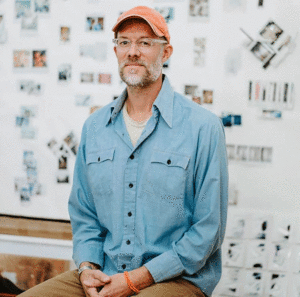
While a pulsing metropolis offers galleries, shows, and many collectors, open spaces have always attracted artists, whether it be Georgia O’Keefe in the New Mexico desert or many of us nestled up against the mountain here in Boulder. The colors of the sky wash a pink glow over the mountains and inspire us with awe, colors and beauty.
Kevin has lived in Milwaukee, New Mexico, Utah, Seattle (where he did his MFA in Photography), Athens, Spain in college for a year and Charleston, South Carolina. When he moved to Boulder, he missed the interdisciplinary buzz of his former gallery space Redux in Charleston where the contemporary art center fueled a steady fleet of shows, artist studios and events.
Living in such a beautiful natural place can have its downside, as a beautiful place, especially one close to a big city and airport, attracts many others who want to live here, which pushes housing prices high.
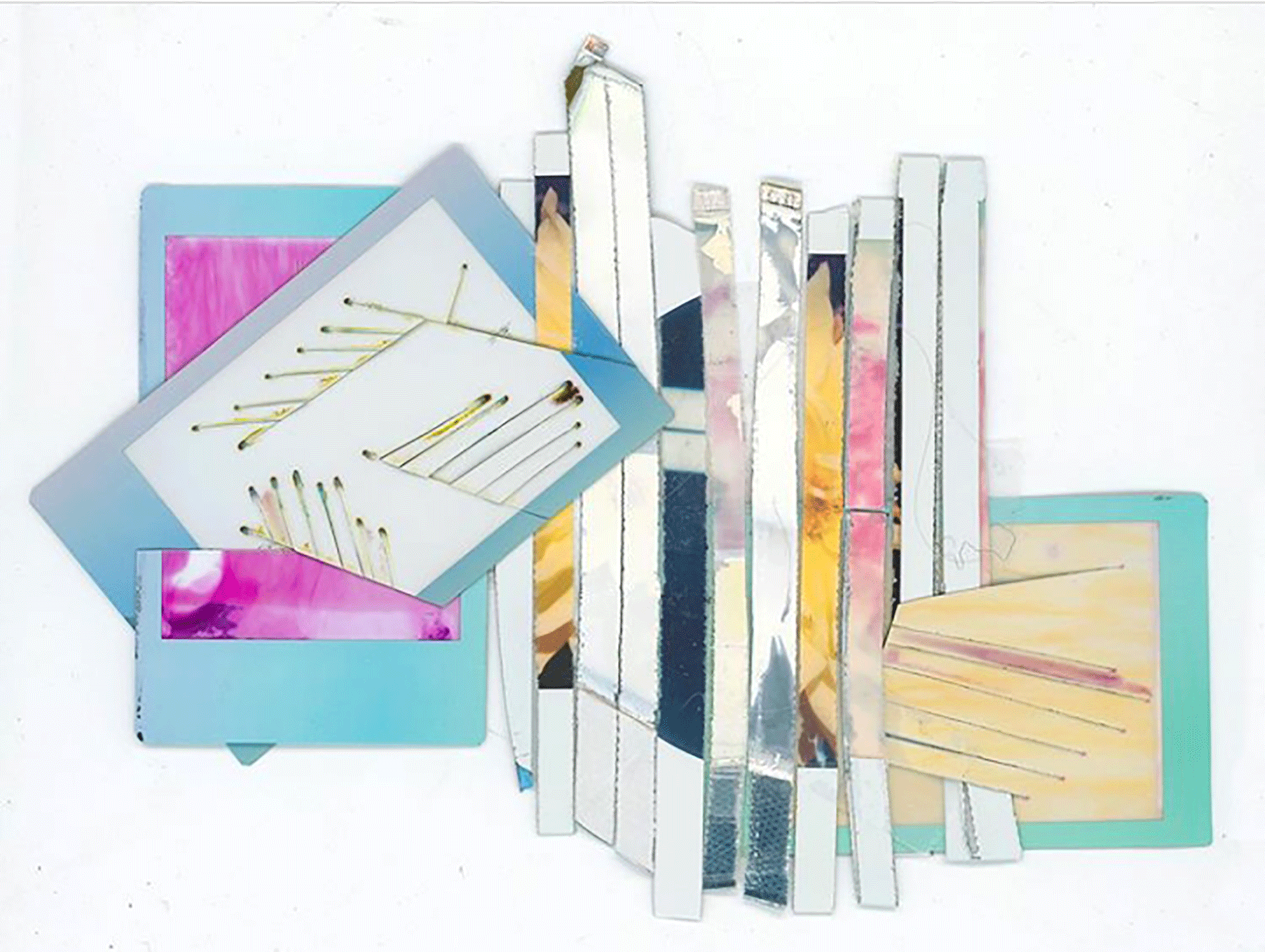
Every five years the City of Boulder’s Office of Arts + Culture conducts a census with a series of studies asking 3,000 people in the community what they need and want to see related to the arts. 2019’s census revealed that “Boulder is an inspiring home for artists. But, it is not an ‘arts city.’”
“Boulder is an inspiring home for artists. But, it is not an ‘arts city’” — Boulder Office of Arts + Culture
With so many world-class artists who live or have lived here — from writers such as Peter Heller, musicians such as Gregory Alon Isakov and filmmakers such as Peter Mortimer — why doesn’t Boulder’s art scene pop?
The Squeeze
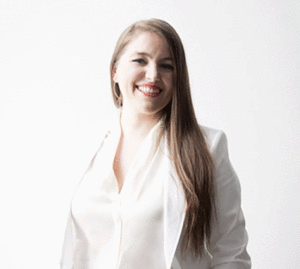
“The Squeeze,” what the City calls the combination of low income, costly housing and a modest local art market, can create an undesirable if not nearly impossible scenario for emerging artists to thrive. While 4,500 professional artists live in Boulder, (3.5 percent of the city’s workforce) nearly 80 percent of those hold a second job to make ends meet. Across the U.S., 66 percent of artists hold a second job while 21 percent hold two additional jobs.
Like for many in less lucrative careers, the inflated cost of living has made it harder for artists to own studios and gallerists to rent commercial space. Boulder has potential to be a great place for artists: we just need to connect the dots.
“Our grant program last year funded 97 artists and organizations,” says Lauren Click, head of the Office of Art + Culture’s Cultural Grants Program. “So there is an art scene and I see it. You just have to go out of the house.”
Vibrancy + space
Mary Horrocks, executive director of Open Studios, wants to bring back a vitality to Boulder’s art scene.
“Look at MeowWolf,” says Mary of the vibrant artist community that began in Santa Fe, New Mexico, that developed a popular interactive art experience. “They went into warehouses, started creating these art happenings … it’s an immersive experience that people really love. If you look at other movements around the country, you see that rawness emerge.”

Open Studios works year-round to bring programming to the city.
It hosts the annual Open Studios tour — which coordinates public visits to local artist studios — and its Mobile Art Lab brings art instruction to students; its grant and donation funded public art program pairs local artists with a Boulder neighborhood to co-create murals; its annual Plein Air Festival gathers an incredible community of landscape painters and its Pop! Gallery forged a partnership with Downtown Boulder Partnership and Downtown Boulder Foundation to host art in a rotating roster of businesses.
This has extended through the NoBo Art District’s First Friday events as it partners with local businesses to host rotating exhibits of art. The NoBo Art District also synergizes its own programming for local artists with exhibits at the NoBo Art Center at 4929 Broadway Street.
[Read BLDRfly’s profile of the NoBo Art District]
Support + the artists
As seen with Open Studios and the NoBo Art District, one of the biggest assets to Boulder’s art community lies in its web of communities and organizations supporting local artists. So the infrastructure is here, but Boulder still doesn’t feel like an arts city.
Cultural nonprofits in Boulder support more than 1,800 jobs, with artists taking advantage, according to the census.
Along with grants funded by the Office of Arts + Culture, the Boulder County Arts Alliance works as an art service agency with grant programs and fiscal sponsorships that allow artists to fundraise under its nonprofit umbrella, and professional development workshops. The BCAA has approximately 400 active members ranging in ages from 18 to 90; its average age group consists of those between 45 to 60 years old.

To Remington Robinson, a 33-year-old full-time local painter from Ohio, Boulder’s landscape provides an endless source of inspiration and material, but he makes most of his money from selling his paintings online with collectors in other states or countries. Though Remington belongs to the NoBo Art Center, participated in the Open Studios Tour, and has painted with other artists, his practice is mostly solitary.
Boulder Museum of Contemporary Art, the Museum of Boulder, and The Dairy Arts Center keep Boulder connected to the rest of the country’s arts by bringing in talent and forming their programming around the conceptual conversations.
Though with COVID-19, all of these large public institutions have had to shut their doors for now, some still offer online access to their collections, such as The Dairy Arts Center, which recently launched a virtual model for Boulder Arts Week.
Its Free Range Dairy brings many of its programs online with shows live streamed by Zoom, its art gallery through Facebook and Instagram with artist interviews, and streams the films airing in its arthouse theater, Boedecker Theater.
Build it yourself
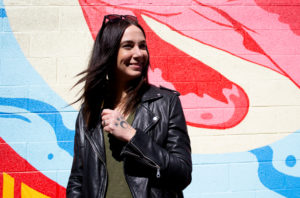
In addition to administrative art organizations, Boulder also has always had a do-it-yourself spirit, with individuals who take it upon themselves to bring more cutting edge art to the city.
Leah Brenner Clack, who craved a contemporary street scene, began a program bringing more murals to Boulder.
[Read BLDRfly’s profile of Murals in Boulder]
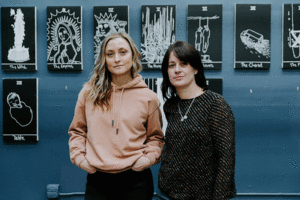
Friends Kelly Cope Russack and Addrienne Amato launched the Boulder Creative Collective in 2013 as a way to nurture an artistic community with a physical place where resident artists could root. Through its Alt.Art program, BCC connects artists to buyers with a roster of local artists and rotating walls in businesses around Boulder.
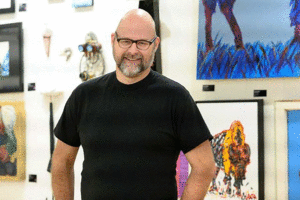
Rob Lantz began R Gallery as a way to give Boulder a gallery where anybody could shop. He showcases local artists with prices between $50 and $1,700.
Creating + bleeding art through CU
CU Art Museum director Sandra Firmin, originally from Buffalo, New York, sees a need for connection to the university to bring the younger generation into the city arts scene. The talent at CU often remains hidden to the rest of us unless we know it’s there.
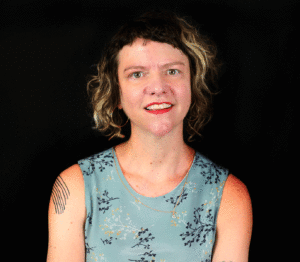
“We organize the MFA show each year and I’m blown away by the quality,” says Sandra, “but I’d like to see us be part of the Boulder scene.”
She believes creating stronger ties between the university and the City could create an access point to the intellectual and creative life of campus with more fluidity between the university and the city. Like the hip hop jam sesh on the rooftop of the Museum of Boulder staged by the theater and dance department.
“Many older artists live here because they own their home,” says Sandra. “Younger artists tend to leave. In Buffalo real estate is cheaper; a lot of the students stayed. And there is an excitement — an excitement felt by the entire city.”
“Younger artists tend to leave” — Sandra Firmin
Building an arts city
From what we can tell, Boulder provides a great mix of natural inspiration and a strong network of arts organizations but still lacks the feel of a dynamic arts city. BLDRfly is hosting its first salon on the issue of the state of art and artists in Boulder in the next few weeks. Stay tuned for an invite!
Header image: Will Day in his studio. Image: Will Day.


